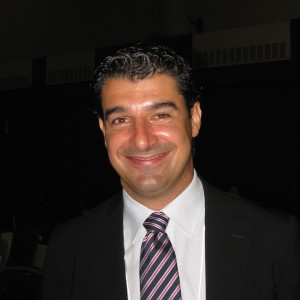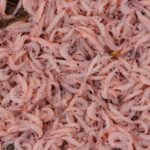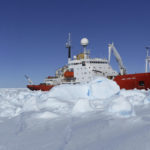Antarctic krill (Euphausia superba) are a key component of the food chain throughout much of the Southern Ocean. These small, shrimp-like animals occur in dense swarms, but their distribution is extremely patchy. The seas surrounding the South Orkney Islands are an important area for both marine predators (such as seals and penguins) and for the fishery exploiting Antarctic krill. Understanding the ecology of krill is vital for the protection, conservation and management of Southern Ocean ecosystems and resources.
The aim of this project is to understand the biological and physical factors that produce the very large swarms of krill, or “krill hotspots” that are found in the South Orkneys region. We will investigate the sources of krill, including the role of the ice-edge, the flux of krill in and out of these hotspots, and how predators and the fishery exploit the swarms. This work is a multi-national study and includes scientists from the UK, Norway, USA and Portugal.
During January and February 2016 we will survey the region to the north of the South Orkney Islands on-board the RRS James Clark Ross, using acoustic instruments, drifting oceanographic floats, oceanographic gliders, moored instruments and underwater cameras. We will also collect samples of krill, plankton and mesopelagic (mid-ocean) fish using a variety of fishing nets. At the same time, scientists based at field sites on Coronation Island, Powell Island and Signy Island will be tracking chinstrap, Adélie and gentoo penguins and Antarctic fur seals using satellite tags and global positioning systems (GPS) tags. By tracking predators in real-time we can be reactive to seal and penguin locations, and focus our survey on areas in which they are foraging. We will also examine the overlap between krill predators and the krill fishery by comparing our survey and tracking data with information on krill abundance and distribution collected on board a krill fishing vessel working in the same region at the same time.
Mouse-over a track to find out how far the seal has travelled.
The results from this study will enable us to predict how krill distribution might change as a result of both climate variability and fishing pressure in the future. This work will support management decisions for the fishery for Antarctic krill through the Commission for the Conservation of Antarctic Marine Living Resources (CCAMLR).

José Xavier, University of Coimbra, Portugal
PROPOLAR.org (in Portuguese)
cientistapolarjxavier.blogspot.pt (Portuguese and English)
External Collaborators
Olav Rune Godø, Institute of Marine Research, Norway
John Horne, University of Washington, USA
Rokas Kubilius, Institute of Marine Research, Norway
Andrew Lowther, Norwegian Polar Institute
Christian Reiss, National Oceanic and Atmospheric Administration, USA
José Seco, University of Aveiro, Portugal & University of St Andrews, Scotland
22 October, 2018
BAS marine researchers join nearly 300 international delegates at the annual meeting of the Convention on the Conservation or Antarctic Marine Living Resources (CCAMLR) beginning in Hobart today. For the …



